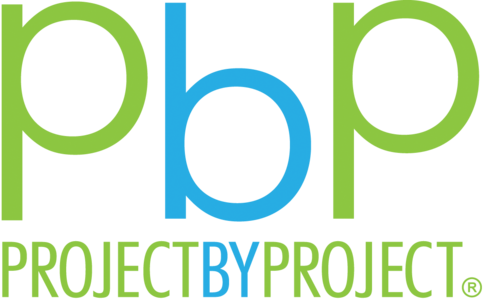Strategizing Around Our 2024 Theme: Food Insecurity in the NY AAPI Community
We recently announced our 2024 theme: Food Insecurity in AAPI Communities. Though there is a pervasive cultural stereotype of Asians as a “model minority” monolith, hunger and poverty deeply affect many Asian and Pacific Islander communities across the United States, including in New York. To learn more about our official messaging on why we chose this theme and how food insecurity impacts the AAPI community, read about it here.
How Food Insecurity Impacts the AAPI Community in New York City
According to the latest census, about 14.5% (~1.3 million people) of New York City identify as Asian. However, as the Food Research and Action Center has found, the AAPI demographic is one of the fastest growing racial groups in America and has one of the widest wealth gaps. This is where the importance of social safety net programs can be felt, especially in New York City. Poverty among Asian New Yorkers is 15-25% higher than the city average, with around 25% (~250,000 people) of the city’s entire Asian population experiencing poverty. Learn more about what needs to change here.
In order to tackle food insecurity, several organizations, such as the Food Bank for New York City, help Asian Americans enroll in programs such as the Supplemental Nutrition Assistance Program (SNAP, formerly known as food stamps). However, terms such as “household income” may confuse members of the AAPI community, even when translated. The government also responds to submitted SNAP forms in English, which makes enrollment even more difficult for some. This leads to substantially lower SNAP participation rates compared to eligibility rates for certain AAPI groups:
Poverty rate vs. SNAP participation rate among certain AAPI groups in the U.S.
According to the NYU Center for the Study of Asian American Health, food insecurity was the No. 1 concern cited by Asian American New Yorkers during the pandemic. There was a rise in anti-Asian sentiments, and many Asian New Yorkers, especially the elderly, were fearful of leaving their homes due to fear of either catching coronavirus or being attacked. This was compounded by the rising costs of groceries due to inflation. With unemployment among Asian Americans in New York City rising to 25% in 2020, more than any other racial group, this disproportionately affected the AAPI community. Despite all of that, food pantries and services for Asian seniors were available, and were some of the more crucial ways to help fulfill the need to access food.
There has been limited research on food insecurity among Asian Americans, due to only 0.17% of the National Institute of Health’s budget between 1992 and 2008 going towards the study of Asian Americans. However, it has been found that there is a disparity in food insecurity among ethnic groups of the AAPI community. Immigrants from Bhutan, Afghanistan, and Nepal were at the highest risks of food insecurity. Additionally, a California study in 2023 found that food insecurity affected 16% of Vietnamese adults versus less than 9% among Chinese, Filipino, Japanese, Korean, and South Asian populations.
What PbP NY is Working On
We here at Project by Project, NY chapter, have selected our 2024 Steering Committee and have been working hard to figure out how the organization can help combat food insecurity in the AAPI community in NY. We recently held a strategy retreat where we learned more about food insecurity as a group and strategized on how we as an organization can best help in this area, including which beneficiary partner we plan to select in the coming months.
Coming soon is our Give in May campaign to join us in our fight for Food Insecurity, so stay tuned for that and for future newsletter updates.



